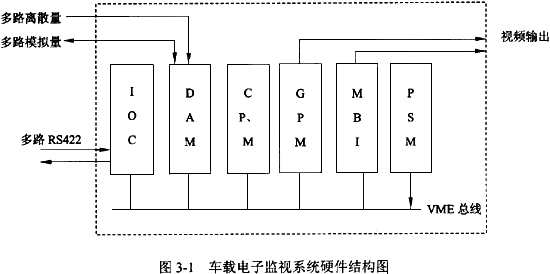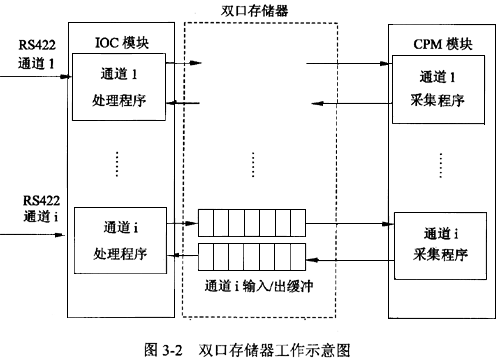Although no longer slavers after the Civil War, American blacks took no significant part in the life of white America except as servants or laborers. Many thousands of them emigrated from the war-ravaged South to the North from 1865 to 1915 in the hope of finding work in the big industrial cities. Whole communities of blacks crowded together into ghettos in New York City, Chicago and Detroit, where once the poor white immigrants had lived. These ghettos, neglected by the city authorities, became slums. The schools to which black children went were hopelessly inadequate. Unemployment in black ghettos remained consistently higher than in white communities.
41. Serious problems with black ghettos.__________
Stable family life was difficult to maintain.
42. The extreme poverty of the blacks. __________
In the late 1970s, nearly a third of all blacks still belonged to the so-called "underclass", they are so "under-privileged" and poor that they cannot seize the opportunity for advancement.
43. Efforts to put an end to racial discrimination. __________
Race relations in the USA continue to be a thorny problem.
44. Improvements in lives of the blacks. __________
Despite some setbacks, race relations are improving.
45. Prevailing violence in solving racial problems. __________
It is said that television had an enormous influence on frustrated and bitter blacks, for it showed them bow much better whites on the whole lived than blacks. At the end of the 1960s, there were serious riots in many cities.
The violence quickly died down. Blacks began to use their votes to exert political pressure. Cities like Atlanta (Georgia), Gary (Indiana), and Los Angeles (California) elected black mayors. Integration of schools, despite resistance from white groups, goes on, and the proportion of blacks in American colleges has increased dramatically in the last 20 years. There are reasons to maintain a cautious optimism that progress in race relations will continue.
[A] It has been estimated that there are more than 20 million Americans in this category, 10% of the population, including many millions of whites.
[B] Blacks are gaining in self-confidence. In more and more areas they are winning control of their communities, and their standard of living is going up faster than that of the poor whites. It is still a hard struggle. There is still prejudice and even some hatred, but in most walks of American life there are now more blacks than ever before.
[C] The era of blatant discrimination ended in the 1960s through the courageous actions of thousands of blacks participating in peaceful marches and sitins, to force Southern states to implement the Federal desegregation laws in schools and public accommodations. Down came the "whites only" notices in bused, hotels, trains, restaurants, sporting events, restrooms and on park benches that once could be found everywhere throughout the South. Gone were the restrictions that prevented blacks voting. Gone, too, were the hideous lynch-ings, which since the Civil War had caused the death of thousands of innocent blacks— hanged without trial by white mobs. However, even today, poor, uneducated lacks do not always receive the same degree of justice that the more affluent and better educated can expect.
[D] Many blacks chose to keep silent about their unfairness instead of resorting to violence. But their silence was also problem provoking: on the one hand, silence would build up a lot of complaints and hatred in their minds, thus resulting in a negative approach to life and everything; on the other hand, silence would give the whites an impression that the blacks take the reality for granted and put more racial discrimination on them.
[E] Unemployed fathers would on occasion walk out of their homes and never return. Children neglected by their parents turned in some instances to drugs and crimes. There are more than 700 murders a year in cities like New York, Detroit, Los Angeles and Houston, and most of these deaths are of blacks killed by blacks. The black ghettos are dangerous both for blacks and non-blacks.
[F] Radical blacks like the Black Panthers demanded a free black state within the Union, and advocated violence to achieve that end and to protect themselves against what they felt was police brutality toward blacks. For a while, violence overshadowed the influence of the greatly respected pacifist black, Martin Luther King, Jr. , who had provided the inspiration and leadership for those devoted to a peaceful change and whose murder in 1968 stunned America.
44()
参考答案:B
解析:
[解题思路] 该段主题句是“黑人生活的改善”,[B]选项正好叙述了黑人生活的改善,虽然中间谈到仍有不足,但结尾句中的“but’’把重点引向了“各行各业中黑人的人数在上升”,还是说明了黑人生活的改善。


